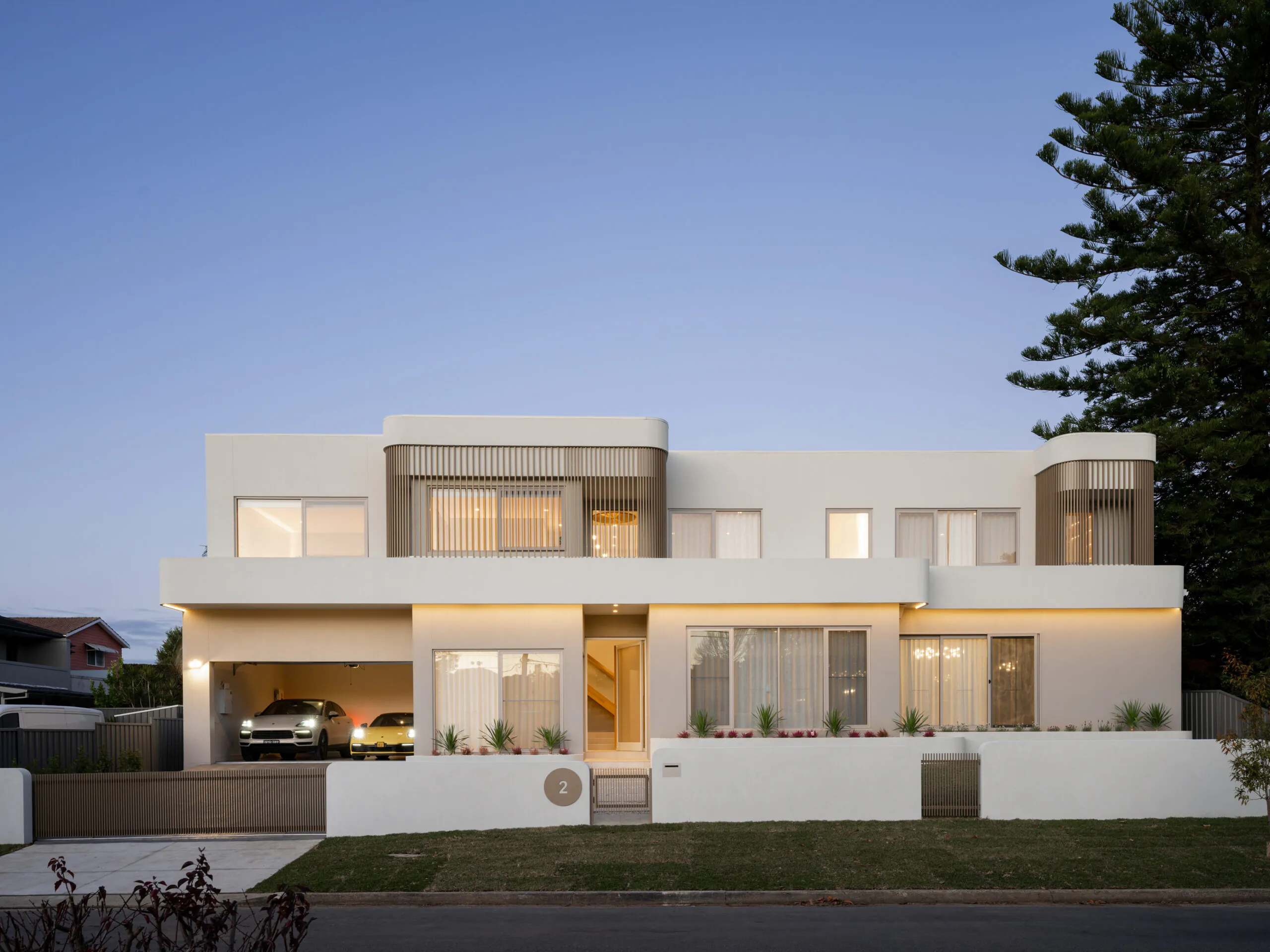Penthouse for the Poor? How Vancouver’s Opulent CURV Tower Bought Its Way Out of Below-Market Housing
May 29, 2025
For roughly the sticker price of CURV’s record-setting $60-million penthouse, developer Brivia Group has written a $55-million cheque that lets it scrap 102 promised below-market apartments in the tallest condo tower ever approved for Vancouver. Critics say the City’s cash-in-lieu deal betrays affordability goals; supporters argue it salvages a landmark project teetering on insolvency.
What Exactly Happened?
The Original Promise
When 60-storey CURV at 1075 Nelson won rezoning in 2020, approval hinged on a “community amenity contribution” (CAC) of on-site housing:
102 below-market rental suites handed to the City at completion,
50 secured market-rental units,
plus a luxury tower of 328 condos, crowned by a $60-million penthouse priced at $8 000 / sq ft.
The Switch
In March 2025, Montreal-based Brivia Group asked council to swap the 102 units for $55 million cash in lieu. Staff endorsed, citing “dramatic cost escalation” and “soft presale absorption.” Council voted 7-4 to accept the cheque.
Why $55 million?
Internal staff memo (FOI) shows the figure equals the City’s estimated grant needed to build 80 social-housing units off-site—coincidentally, also the marketing price of CURV’s top-floor penthouse.
Winners and Losers
Stakeholder | Outcome | Comment |
Brivia Group / Henson Developments | Cuts carrying costs, simplifies tower design, preserves lender confidence. | “Cash gives certainty in volatile market,” CFO Denis Leclerc told council. |
City of Vancouver | Receives $55 M into Housing Reserve; must still buy land & build. | Staff estimate delivery of replacement units 2029-32. |
Prospective affordable-housing tenants | Lose guaranteed Downtown West End location; face 4-7-year delay. | Pivot Legal calls it “bait-and-switch.” |
Luxury buyers | Get world’s tallest Passive House freed of rental-floor noise. | Penthouse listing remains $60 M. |
West End neighbours | Height, shadows unchanged; mixed feelings about fewer renters. | West End Community Plan had sought 20 % social housing. |
How the Deal Was Structured
Payment Schedule — $15 M on building-permit issuance; $40 M when the shell “topped-out” (now pushed to 2028).
Legal Release — City surrenders covenant requiring social-housing floor plates; replacement rental count rises from 50 to 174 market-rental units.
Reverter Clause — If Brivia defaults on payment, City can reinstate housing covenant or place a lien senior to construction lenders.
Lawyers call the City’s leverage “toothless” after first $15 M Transfer.
The Money Math Behind Brivia’s Pivot
Cost Line | 2021 Pro-Forma | 2024 Reality | Delta |
Structural concrete | $180 / ft² | $265 / ft² | +47 % |
Curtain-wall glazing | $140 / ft² | $212 / ft² | +51 % |
Construction-loan rate | Prime + 1.0 | Prime + 2.5 | +150 bps |
Sales absorption (units/month) | 14 | 4 | –71 % |
Brivia’s internal IRR slipped from 13 % to 7 %. Dropping subsidised units saved an estimated $80 M in hard and soft costs, well above the $55 M payout.
Policy Context: Cash-in-Lieu Loophole or Legitimate Flexibility?
May 2024: City softened West End rezoning policy, allowing cash CACs if pro formas showed “severe viability risk” Reddit. Developers must present third-party cost audits; staff verify.
Housing economist Tom Davidoff says: “In principle, cash lets the City build triple the units on cheaper land elsewhere. In practice, councils spend years assembling sites.”
Case in point: 2016’s Butterfly Tower paid $55 M for social housing; City has yet to break ground on the replacement site.
Critics Cry Foul
Columnist Douglas Todd slammed the decision: “For one penthouse, 102 families lose West End homes” X (formerly Twitter). Advocacy groups fear precedent: if the marquee Passive-House beacon dodges on-site affordability, future towers will follow.
Mayor Ken Sim countered: “A bird in hand—$55 M—beats 102 units in limbo if the project dies.” Two months later, CURV indeed entered receivership after Brivia defaulted on a mezzanine loan Storeys, intensifying the debate.
When Glamour Meets Receivership: CURV’s Financing Unravels
The Dominoes Fall
In late May 2025, barely eight weeks after council accepted the $55-million payout, Brivia’s lead mezzanine lender, WestCap Mortgage Investment Corp., issued a notice of default on a $140 million bridge facility. According to court filings in B.C. Supreme Court (Registry No. V-231845), Brivia had missed two consecutive interest-reserve top-ups. Within days, Deloitte was appointed as receiver in a consent order .
The Capital Stack in Turmoil
Tier | Lender | Amount | Security | Status |
Senior construction loan | HSBC Syndicate | $515 M | First charge on land & improvements | Not yet advanced |
Mezzanine loan | WestCap MIC | $140 M | Second charge; cross-default triggers | In default |
Equity | Brivia & Henson | $190 M | Unsecured | Wiped out if asset fire-sale < senior debt |
City’s cash-in-lieu deposit | CoV trust account | $15 M | Unconditional | Already paid |
Receivership places the future of the project—and by extension the delivery of the $40 million balance the City still expects—in doubt. If Deloitte sells the site to another developer at a haircut, the legal language leaves Vancouver “ranked behind construction and receivership claims,” city solicitor Mike Magee told council’s in-camera meeting (minutes later released via FOI). In other words, the remaining $40 million may never arrive.
Construction Freeze
Excavation had barely reached shoring. Trade contractors pulled off-site by June 5, leaving a three-storey pit collecting rainwater. Neighbours complain of standing-water mosquitoes; the receiver cites “environmental liabilities” in its first monitor’s report.
Legal Eyes on the Cash-Swap Precedent
Potential Charter Challenge
Pivot Legal Society is exploring an application for judicial review. Their argument: council’s cash-acceptance decision violated procedural fairness by “failing to consult affected low-income populations” per the City’s own Tenant Relocation & Protection Policy. Lawyers also cite Section 7 (security of the person) of the Canadian Charter, alleging the City has “knowingly delayed life-sustaining housing.” Success odds? Low, say municipal-law scholars, but the case could keep the story in headlines for a year.
Province Watching
B.C.’s Housing Ministry has authority under the Housing Needs Report Regulation to interrogate municipalities on how cash-in-lieu advances target-unit counts. Minister Kahlon hinted he may “ask Vancouver for an action plan to convert that $55 million into keys” within five years. Failure could trigger a provincial directive on future CAC deals.
Cash Versus Concrete: Does In-Lieu Ever Deliver?
Historic Scorecard
Project | Cash Paid | Year | Replacement Units Built to Date | Years Elapsed |
The Butterfly | $55 M | 2016 | 0 (site still in rezoning) | 9 |
Burrard Place | $22 M | 2014 | 46 modular studios (Hastings) | 11 |
Telus Garden | $15 M | 2012 | 36 SRO conversions | 13 |
CURV | $55 M (partial) | 2025 | TBD | 0 |
Even optimists struggle with the math: every $1 million buys as few as 2–3 supportive-housing units in today’s construction-cost climate. City staff admit they’ll “need matching senior-government grants” to stretch CURV dollars beyond 80 units.
Land-Bank Bottleneck
Vancouver owns limited parcels downtown. Off-site replacements may land in Hastings-Sunrise or Marpole—far from the West End jobs CURV originally aimed to serve. That geographical mismatch undermines equity goals, planners concede.
Moral Hazard: Signals to the Development Industry
Real-estate financiers read council’s decision as evidence the City will blink when pro-formas sour. Within a month, two other downtown applications—Georgia Gateway (45 storeys) and Drake & Richards (38 storeys)—quietly asked planners for “flexibility to explore cash conversion of inclusionary units.”
Urban planner Jennifer Podmore Russell warns of a slippery slope: “If you remove on-site obligations every time costs rise, you embed perpetual unaffordability. Cash can’t replicate socioeconomic mixing inside luxury towers.”
Voices From the West End
Marta Ilincic, renter, 72: “They promised seniors’ units right here. I won’t be alive when the City finishes new ones somewhere else.”
Devon Rahimi, condo presale buyer: “I’d rather my building isn’t split between luxury and subsidised floors—it affects resale.”
Architect Moshe Safdie (CURV’s original design consultant): “Passive-House height was a climatic milestone; but social sustainability matters too.” Safdie exited the project in 2023 over budget disputes.
Can the City Salvage Community Value?
Ring-Fence Remaining Cash
Councillors Christine Boyle and Pete Fry urge placing the yet-unpaid $40 million into a legally restricted reserve only unlockable for West-End-located affordable housing.
Accelerate Co-ops on City Land
Three West End parking lots could host six-storey co-ops prefabricated by BC Housing. Staff say $55 million could leverage CMHC debt to build 180 units within four years—if council rezones height-restricted heritage streets.
Receiver Partnership
The City might bid on the CURV pit itself at fire-sale prices, re-entitling half for non-market. Politically audacious—and risky if liens climb past loan value.
What Comes Next?
Timeline | Key Event | Implications |
Sept 2025 | Deloitte issues sales offering memo for CURV land lease | City may bid; rival luxury players circle |
Dec 2025 | Court-approved sale closes | Uncertain buyer may renegotiate CACs again |
Q1 2026 | Staff report on how to spend initial $15 M | Watchdog groups ready scorecards |
2027-29 | Earliest window for off-site build start | Five-year delay vs. original on-site promise |
Penthouse Wins, Policy Loses?
CURV’s promise was poetic: the globe’s tallest Passive-House, a super-luxury beacon with a social-housing spine. It will now—if ever revived—likely open as an all-market monument, its affordability obligations commuted to cheques whose true housing yield remains dubious.
City Hall traded bricks for cash and immediately watched the project collapse into receivership—a cautionary tale about swapping tangible inclusion for fiscal IOUs. Whether Vancouver can flip $55 million into real, timely, well-located homes will determine if this gamble offsets the optics of letting a $60-million penthouse eclipse 102 lost below-market suites.
Until shovels return, the CURV pit stands as a literal crater in the West End skyline—and a figurative hole in the city’s credibility on housing equity.
























